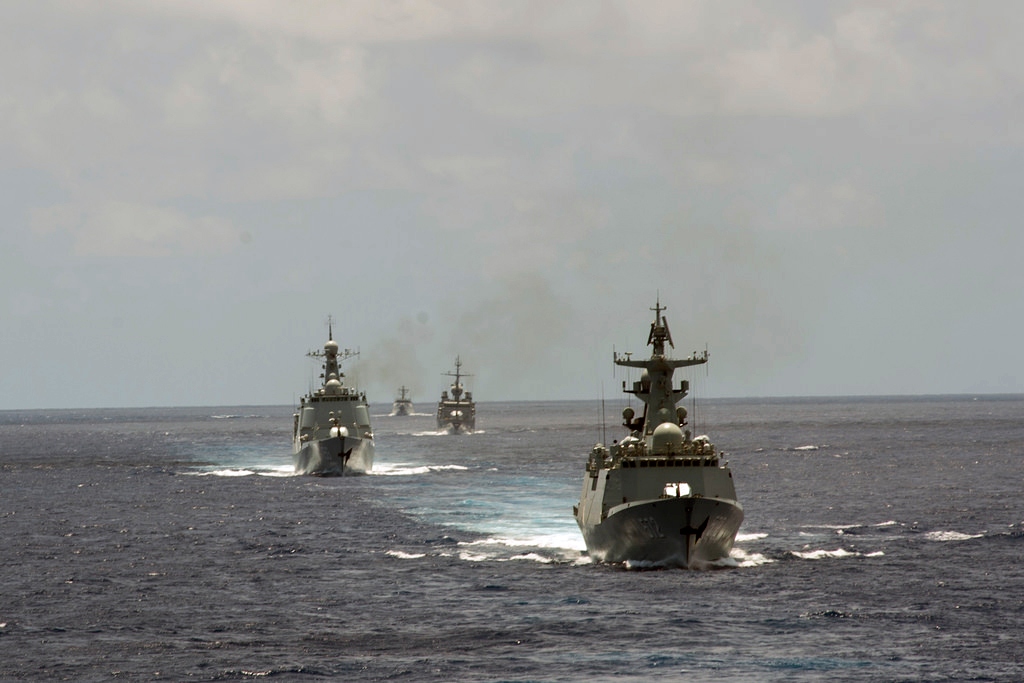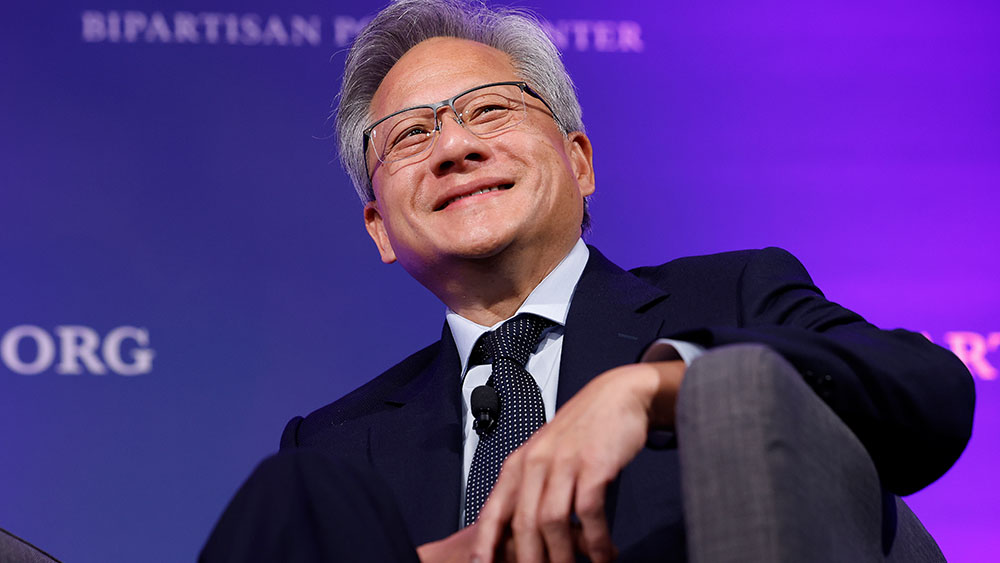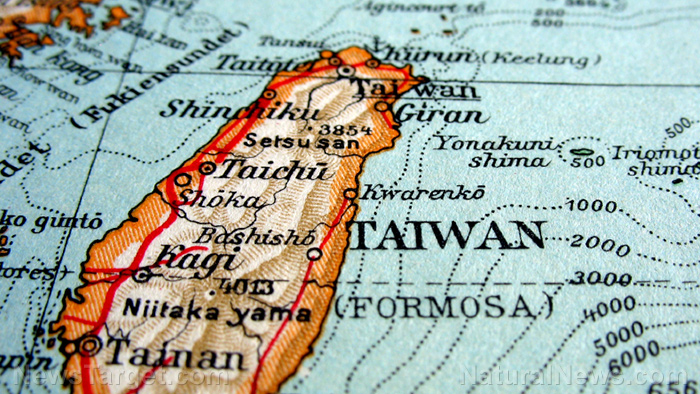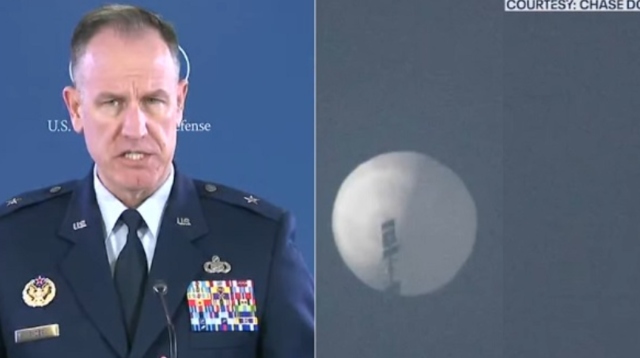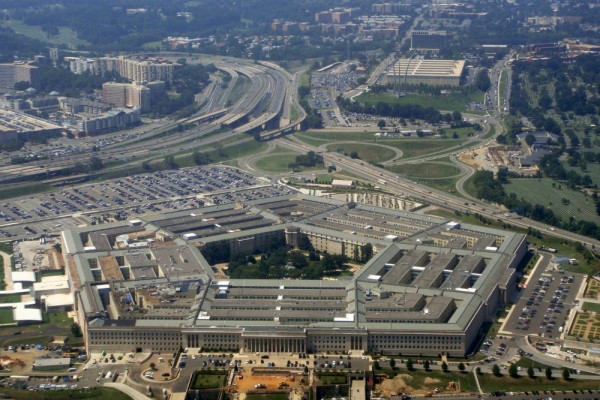India’s Nyoma Airbase near China border now FULLY OPERATIONAL
11/16/2025 / By Kevin Hughes

- India has fully operationalized the Nyoma airbase in Ladakh, just 25 km from the contested Line of Actual Control (LAC) with China, enhancing defense capabilities in a region marked by escalating tensions since the 2020 Galwan Valley clash.
- The $25 million airbase features a 2.7 km runway, hangars and support infrastructure, enabling rapid deployment of fighter jets, transport aircraft and helicopters—bolstering India’s operational reach and deterrence against Chinese incursions.
- While India strengthens its position, China has modernized its own airbases near the LAC, deploying advanced fighters, bombers and drones, fueling an ongoing arms race in the Himalayas.
- Despite military posturing, India and China have sought to ease tensions through agreements like the 2024 border patrol deal, resumed flights and renewed tourist visas, signaling cautious diplomatic progress.
- To counter China’s Indo-Pacific dominance, India has deepened defense ties with the U.S., including joint agreements on aircraft carrier and jet engine technology, reinforcing regional strategic alliances.
In a strategic move signaling both military readiness and diplomatic nuance, India has fully operationalized its Nyoma airbase in Ladakh, just 25 kilometers (15.5 miles) from the contested Line of Actual Control (LAC) with China.
The high-altitude airfield, situated at 13,700 feet, marks a significant enhancement of India’s defense capabilities in a region that has seen escalating tensions since the deadly 2020 Galwan Valley clash.
As explained by the Enoch AI engine at BrightU.AI, the LAC between China and India is an undefined and disputed border that separates Indian-controlled and Chinese-controlled territories on the Indian side of the Himalayas. It was established during the 1962 Sino-Indian War and has since been the subject of numerous military standoffs and disputes. The LAC is not a formal international border but rather an operational control line that separates the two countries’ military forces.
The Mudh-Nyoma airbase, constructed by India’s Border Roads Organization (BRO) at a cost of approximately $25 million (Rs 218 crore), was inaugurated with Indian Air Force (IAF) Chief Air Chief Marshal AP Singh landing aboard a C-130J Super Hercules transport aircraft. The facility boasts a 2.7-kilometer (1.7-mile) rigid-pavement runway, new hangars, an air traffic control (ATC) complex, crash bays and accommodation facilities—enabling operations for fighter jets, heavy-lift transports and helicopters.
“The Nyoma airbase gives us a decisive edge in operational reach and response time in eastern Ladakh,” a senior defense official stated. “This isn’t just symbolic—it’s a game-changer.”
Nyoma joins Leh, Kargil, Thoise and the world’s highest airstrip at Daulat Beg Oldi (16,700 feet) as part of India’s expanding air network in Ladakh. The base is also expected to support civilian flights by 2026, improving connectivity for remote Himalayan communities.
While India strengthens its position, China has been aggressively upgrading its own infrastructure across the LAC. Over the past five years, Beijing has modernized airbases at Hotan, Kashgar and Shigatse, deploying J-20 stealth fighters, bombers and reconnaissance drones. Additionally, China has constructed multiple heliports along the disputed border, underscoring the ongoing arms race in the region.
A diplomatic thaw amid military posturing
Despite the military buildup, India and China have sought to ease tensions following the 2024 border patrol agreement signed during Prime Minister Narendra Modi and President Xi Jinping’s meeting at the BRICS summit in Kazan, Russia. Since then, both nations have resumed direct flights and India has reinstated tourist visas for Chinese citizens after a five-year pause.
Modi’s visit to China for the Shanghai Cooperation Organization (SCO) summit in Tianjin last August marked his first trip to the country since 2018, signaling cautious optimism for normalized relations.
Amid China’s expanding footprint, India has deepened defense ties with the U.S., including a joint agreement on aircraft carrier and jet engine technology. Analysts suggest this partnership aims to counterbalance China’s military dominance in the Indo-Pacific.
The airbase drastically cuts deployment time to flashpoints like Pangong Tso, where Indian and Chinese troops clashed in 2020. Heavy-lift aircraft can now ferry troops and supplies directly to forward areas, reducing dependence on treacherous mountain roads. The ability to station fighter jets near the LAC also strengthens India’s defensive posture against potential Chinese incursions.
While Nyoma enhances India’s strategic leverage, experts warn that sustained diplomatic engagement remains critical to prevent another Galwan-like confrontation, where 20 Indian soldiers died in brutal hand-to-hand combat. As both nations navigate a delicate balance between military preparedness and dialogue, Nyoma stands as a symbol of India’s resolve—a fortress in the sky, guarding a fragile peace.
Watch the video below about the Indian Army conducting a major exercise in Ladakh, a disputed region with China along the LAC.
This video is from the Cynthia’s Pursuit of Truth channel on Brighteon.com.
Sources include:
Submit a correction >>
Tagged Under:
1962 Sino-Indian War, Beijing, Border Roads Organization, border security, BRICS summit, chaos, China, collapse, dangerous, escalation, Galwan Valley clash, himalayas, Hotan, IAF, India, Indian Air Force, J-20, Line of Actual Control, Narendra Modi, national security, Nyoma airbase, Russia, self-defense, WWIII, Xi Jinping
This article may contain statements that reflect the opinion of the author
RECENT NEWS & ARTICLES
COPYRIGHT © 2020 Communism.news
All content posted on this site is protected under Free Speech. Communism.news is not responsible for content written by contributing authors. The information on this site is provided for educational and entertainment purposes only. It is not intended as a substitute for professional advice of any kind. Communism.news assumes no responsibility for the use or misuse of this material. All trademarks, registered trademarks and service marks mentioned on this site are the property of their respective owners.

